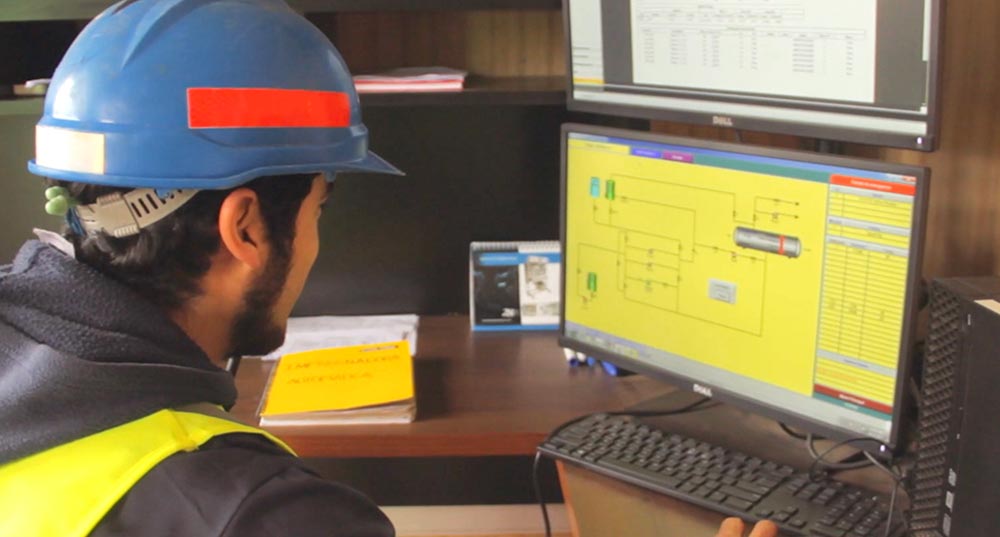Quality
The technified drying is essential in the wood industry, this allows to provide the necessary quality in the wooden posts, so that they can respond in the best way to the requirements in their final handling, regardless of the use to which they are exposed.
Drying consists in the evacuation of water that comes from the primary and secondary walls of wood and cell lumens (which are the mechanical support of these plant organs). Two methods are known universally: air drying and oven drying. At the same time there is a third method that consists in the combination of these processes.
Air drying consists of exposing the wood to climatic factors in a given place (temperature, relative humidity and air) until a hygroscopic content (capable of absorbing moisture) is established between the environment and the wood. The factors that determine the speed of drying are associated with:
This process is carried out due to the characteristics that the wood acquires once dried, among which the most notable is the loss of weight that provides greater maneuverability and ease of transport. The loss of weight also increases most of its mechanical properties, which are very important for constructions were structure is wood-based. The attack of xylophagous organisms (termites, rot fungi and woodworm) decreases considerably, a favorable factor for the durability of buildings exposed to adverse weather conditions. For the production of impregnated wood, the ideal is to work with moisture contents not exceeding 25%, one impregnated above this condition is poor, with little retention and penetration of CCA salts (chromated copper arsenate).

In Rio Claro the drying process takes place in round wood (bark piece) in different formats (diameters and lengths), for example a wooden post of 11 mt. long it can reach a 25% moisture content with 4 to 5 days of continuous process (120 hours), while poles of smaller diameter and length are dried in 48 to 72 hours with a continuous process at the same 25% content moisture.
The drying process must be continuous throughout its cycle, since stopping it implies a final product without the optimal conditions for its use, losing quality. If there are moisture contents above the maximum required or very dispersed, it influences the impregnation process, delivering a piece that does not comply with the Chilean impregnation standard NCh 755.
The installed capacity of the plant is a hot water boiler which supplies a front-loading chamber of 200 m3 and a tunnel type of 160 m3 (nominal volumes, the actual figures vary according to the different formats available ). In addition, the plant has a steam generator boiler that supplies two drying chambers, both tunnel type with a capacity of 200 m3.
Having tunnel type cameras, provides the ability to have a drying load inside and thus take advantage of preparing load on external lines to this, efficiency of processes. Once the desired moisture content in drying is reached, the chambers open allowing the entry of the cars that are prepared (continuous cycle), having greater capacity to respond to the impregnation needs.